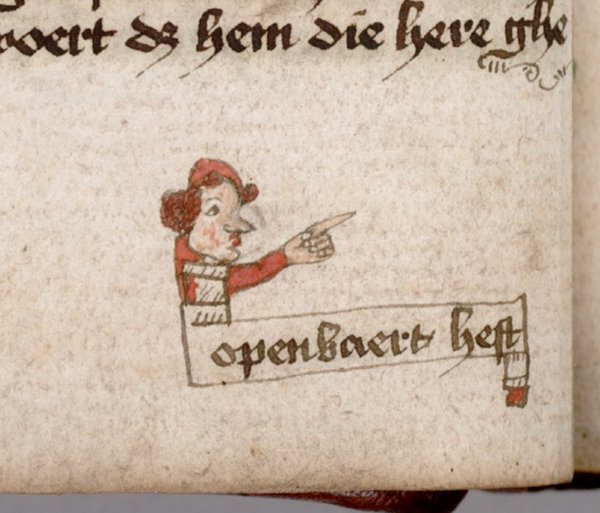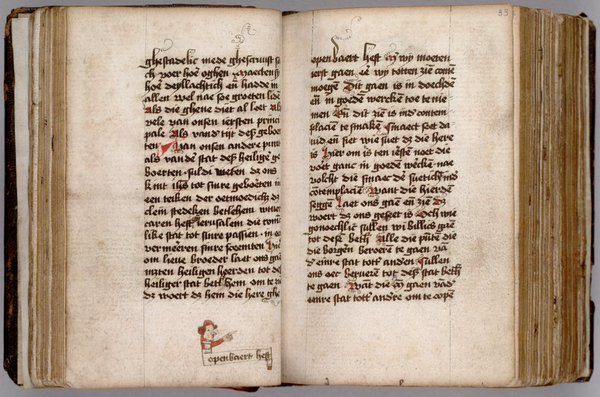The banquet of the digital scholars
The actual workshop title: Humanities Hackathon on editing Athenaeus and on the Reinvention of the Edition in a Digital Space
September 30, 2012 Registration Deadline
October 10-12, 2012
Universität Leipzig (ULEI) & Deutsches Archäologisches Institut (DAI) Berlin
Abstract:
The University of Leipzig will host a hackathon that addresses two basic tasks. On the one hand, we will focus upon the challenges of creating a digital edition for the Greek author Athenaeus, whose work cites more than a thousand earlier sources and is one of the major sources for lost works of Greek poetry and prose. At the same time, we use the case Athenaeus to develop our understanding of to organize a truly born-digital edition, one that not only includes machine actionable citations and variant readings but also collations of multiple print editions, metrical analyses, named entity identification, linguistic features such as morphology, syntax, word sense, and co-reference analysis, and alignment between the Greek original and one or more later translations.
…
After some details:
Overview:
The Deipnosophists (Δειπνοσοφισταί, or “Banquet of the Sophists”) by Athenaeus of Naucratis is a 3rd century AD fictitious account of several banquet conversations on food, literature, and arts held in Rome by twenty-two learned men. This complex and fascinating work is not only an erudite and literary encyclopedia of a myriad of curiosities about classical antiquity, but also an invaluable collection of quotations and text re-uses of ancient authors, ranging from Homer to tragic and comic poets and lost historians. Since the large majority of the works cited by Athenaeus is nowadays lost, this compilation is a sort of reference tool for every scholar of Greek theater, poetry, historiography, botany, zoology, and many other topics.
Athenaeus’ work is a mine of thousands of quotations, but we still lack a comprehensive survey of its sources. The aim of this “humanities hackathon” is to provide a case study for drawing a spectrum of quoting habits of classical authors and their attitude to text reuse. Athenaeus, in fact, shapes a library of forgotten authors, which goes beyond the limits of a physical building and becomes an intellectual space of human knowledge. By doing so, he is both a witness of the Hellenistic bibliographical methods and a forerunner of the modern concept of hypertext, where sequential reading is substituted by hierarchical and logical connections among words and fragments of texts. Quantity, variety, and precision of Athenaeus’ citations make the Deipnosophists an excellent training ground for the development of a digital system of reference linking for primary sources. Athenaeus’ standard citation includes (a) the name of the author with additional information like ethnic origin and literary category, (b) the title of the work, and (c) the book number (e.g., Deipn. 2.71b). He often remembers the amount of papyrus scrolls of huge works (e.g., 6.229d-e; 6.249a), while distinguishing various editions of the same comedy (e.g., 1.29a; 4.171c; 6.247c; 7.299b; 9.367f) and different titles of the same work (e.g., 1.4e).
He also adds biographical information to identify homonymous authors and classify them according to literary genres, intellectual disciplines and schools (e.g., 1.13b; 6.234f; 9.387b). He provides chronological and historical indications to date authors (e.g., 10.453c; 13.599c), and he often copies the first lines of a work following a method that probably goes back to the Pinakes of Callimachus (e.g., 1.4e; 3.85f; 8.342d; 5.209f; 13.573f-574a).
Last but not least, the study of Athenaeus’ “citation system” is also a great methodological contribution to the domain of “fragmentary literature”, since one of the main concerns of this field is the relation between the fragment (quotation) and its context of transmission. Having this goal in mind, the textual analysis of the Deipnosophists will make possible to enumerate a series of recurring patterns, which include a wide typology of textual reproductions and linguistic features helpful to identify and classify hidden quotations of lost authors.
The 21st century has “big data” in the form of sensor streams and Twitter feeds, but “complex data” in the humanities pre-dates “big data” by a considerable margin.
If you are interested in being challenged by complexity and not simply the size of your data, take a closer look at this project.
Greek is a little late to be of interest to me but there are older texts that could benefit from a similar treatment.
BTW, while you are thinking about this project/text, consider how you would merge prior scholarship, digital and otherwise, with what originates here and what follows it in the decades to come.



